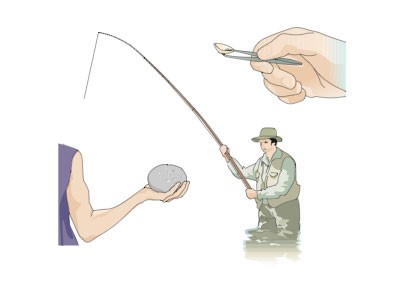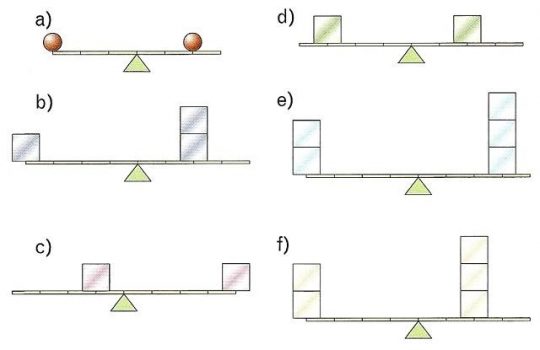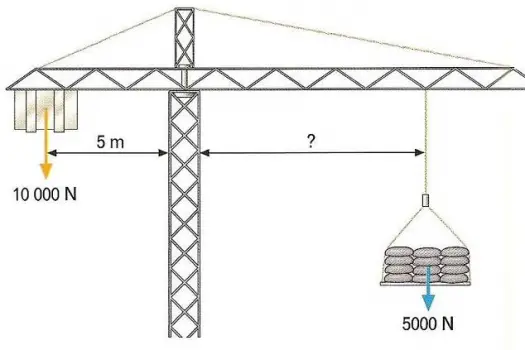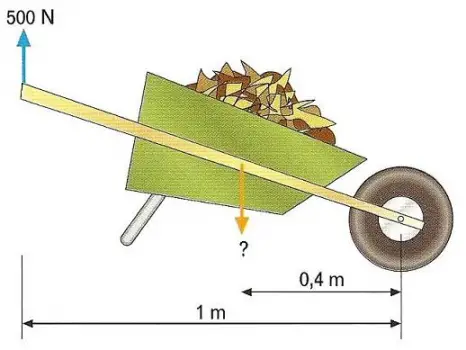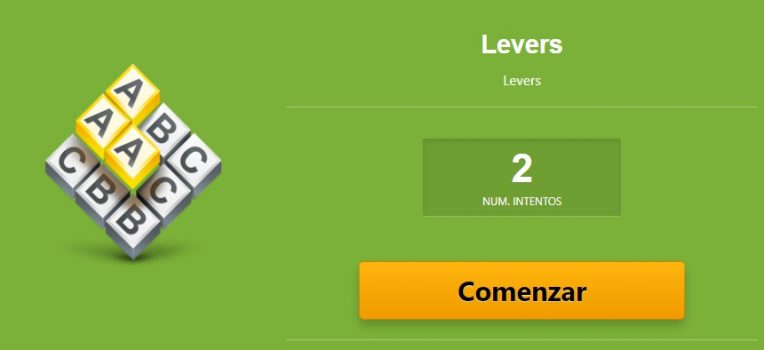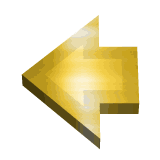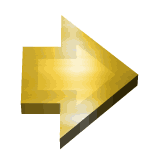Linear transmission of motion
Linear transmission mechanisms transmit motion and force through a motor to another point.
Levers
A lever is a rigid bar that turns around a point called a fulcrum. At one end of the bar, force (F) is applied to move a resistance or load (R) at the other end of the bar.
We say the lever is in equilibrium when the forces acting on opposite ends of a lever are equal, that is: the result of the force (F) multiplied by the distance (d) from the fulcrum is the same as the result of the load (R) multiplied by the distance (r) from the fulcrum.
We can express this mathematically as the Law of the Lever ⚖
F x d = R x r
There are three types of levers 🙋
The fulcrum is between the force and the resistance
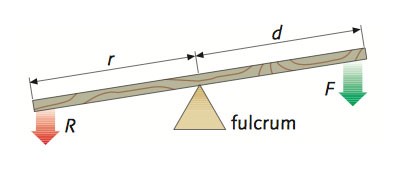
The effect of the force applied is increased or decreased
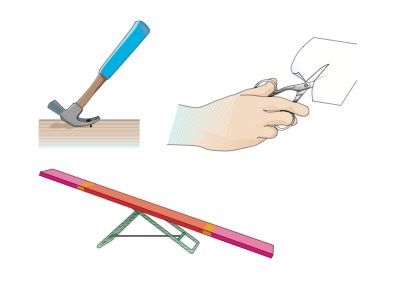
The resistance is between the fulcrum and the force
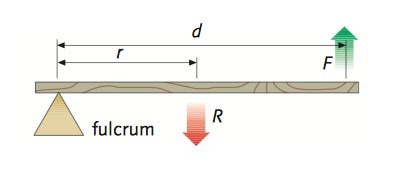
The effect of the force applied is always increased ( d > r )
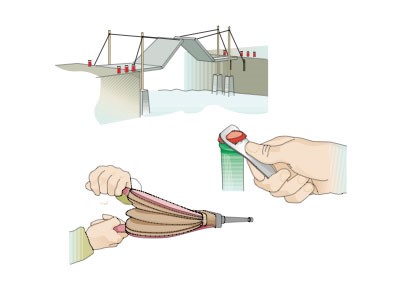
The force is between the fulcrum and the resistance
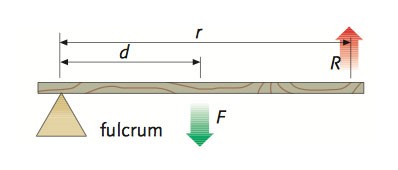
The effect of the force applied is always decreased ( d < r )
